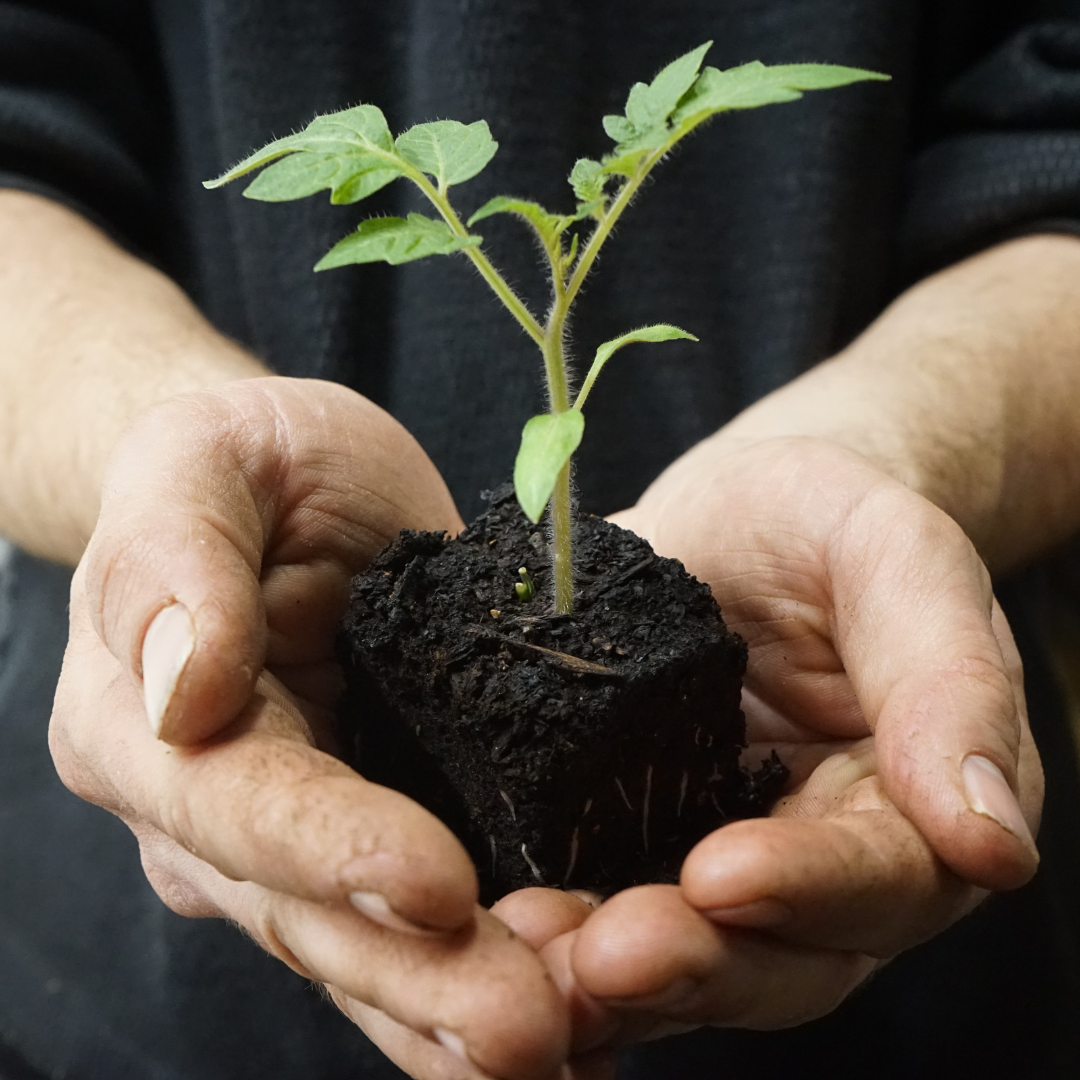
Hardening Off and Transplanting
We're finally making the turn into that good growing season weather!

Hardening Off:
- Start moving your transplants outside gradually.
- About a week before you plan to transplant your seedlings, begin exposing them to the outdoors.
- Start with just a few hours of daily exposure, gradually increasing the amount of time over a week.
- Choose the right time of day.
- The best time to expose your seedlings to the outdoors is in the late afternoon or early evening when the sun is less intense, and temperatures are cooler.
- Choose the right weather.
- Avoid exposing your seedlings to extreme heat, cold, wind, or rain.
- Choose a mild, overcast day with temperatures between 50-60 degrees Fahrenheit to start.
- Protect your seedlings.
- During the first few days of exposure, keep your seedlings in a protected area such as a covered porch, under a tree, or in a cold frame to shield them from direct sun and wind.
- Gradually increase exposure.
- As your seedlings become more accustomed to the outdoors, gradually increase their exposure to direct sun and wind.
- Monitor your seedlings.
- Keep an eye on your seedlings for signs of stress or damage, such as wilting or sunscald.
- Be sure to water them regularly to prevent them from drying out.
- If necessary, move them back to a protected area or adjust their outdoor exposure.

Transplanting:
- Choose the right time to transplant.
- The best time to transplant your seedlings is when they have grown their first true leaves.
- Prepare your raised bed.
- Make sure your raised bed is filled with enough Grow to cover the roots of your transplants.
- If you have a bed already full of soil, amend it with some Grow or Wendell to improve it's texture and fertility.
- Dig the planting holes.
- Use a trowel, garden fork, or your hands to dig holes in your raised bed that are deep and wide enough to accommodate the roots of your transplants.
- Space the holes according to the recommended spacing for the specific plants you are planting.
- Remove your seedlings from their containers.
- Remember to be gentle with this step to not damage the roots or stem.
- Plant your transplants.
- Place each transplant in the hole you dug, ensuring the top of the root ball is level with the soil surface.
- Fill in around the roots with Grow and gently press the soil down to eliminate any air pockets.
- Water your transplants.
- Give your newly transplanted vegetables a good drink of water to help settle the soil around the roots and reduce transplant shock.
- Top off with Wendell.
- Adding a layer of compost around your transplants will help conserve moisture, suppress weeds, and regulate soil temperature.
- Monitor and care for your transplants.
- Keep an eye on your transplants and water them as needed.
You are now ready for an abundant harvest ahead!
